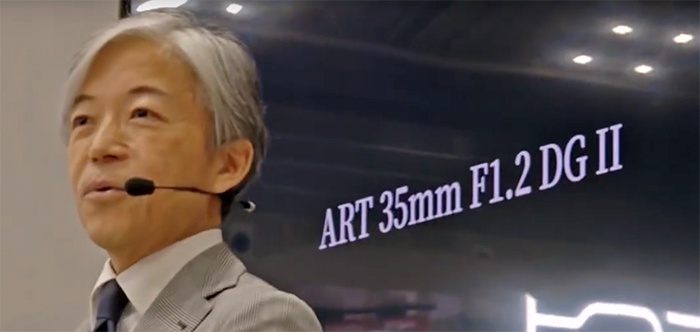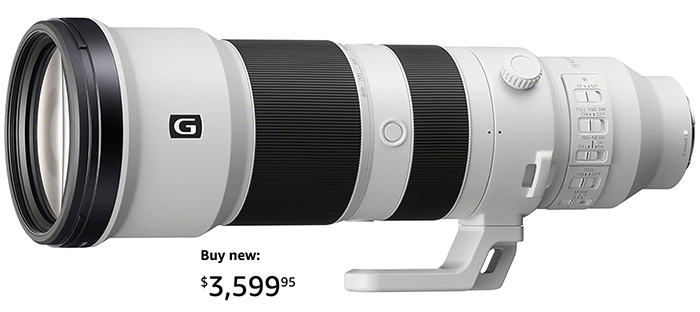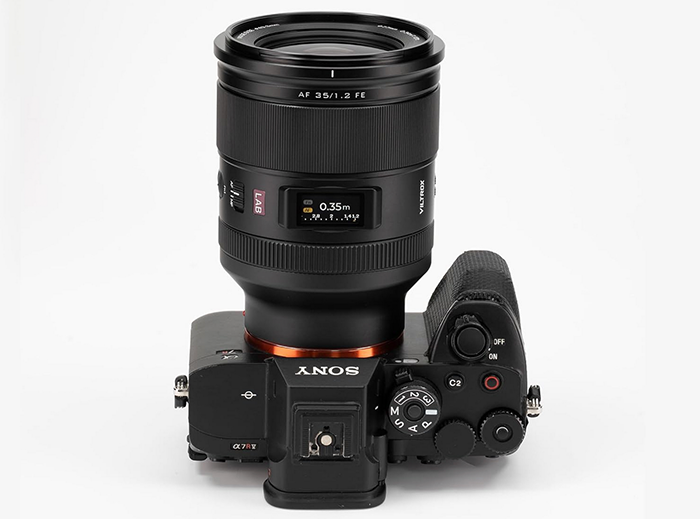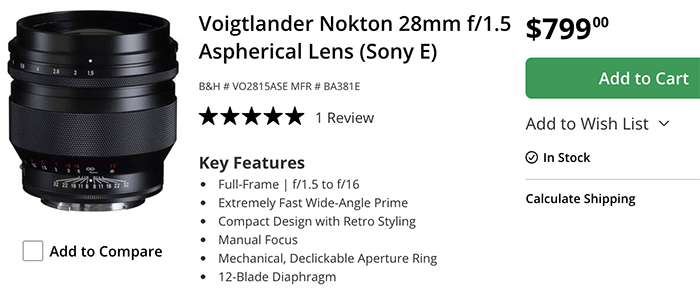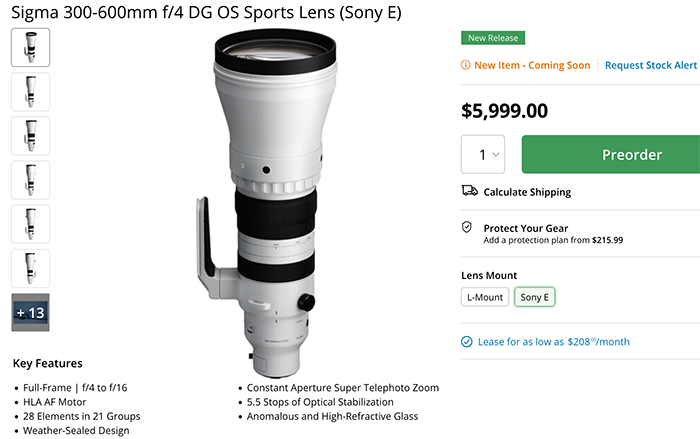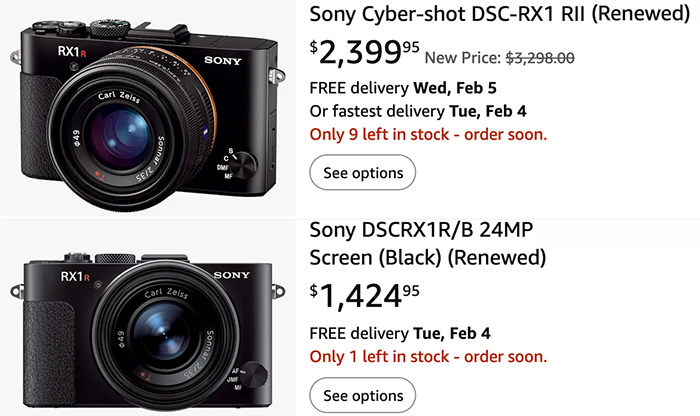Curiosity: Adapting a Vintage Industar-69 Lens to Your Mirrorless Camera
Fotodioz writes:
The Industar-69 is a strange little vintage pancake lens with unique characteristics. In this video we show you how to adapt it to a Sony E camera with our Fotodiox M39 to Sony E adapter.
New reviews of the Viltrox 35mm f/1.2 FE lens
You can preorder the lens now for $999 at Amazon USA (Click here), Pergear, Viltrox store, €1,099 at Amazon DE, Amazon FR, Amazon IT, Amazon ES, and £959 at Amazon UK.
Here is a bunch of new reviews of this lens:
First worldwide review Voigtlander 28mm f/1.5 Nokton for Sony FE
The new Voigtlander 28mm f/1.5 Nokton for Sony FE is now in Stock at BHphoto (Click here). And here is the world’s first review published by SonyAlphaBlog:
Sharpness is excellent for long distance but results are a bit disappointing at portrait distance with only good results wide open for portraits
Background blur is very soft, colors and contrast are very good, Bokeh balls are excellent. Resistance to flare is good and distortion very small. CA and Vignetting are quite significant
New Sony RX1 and RX1rII reviews
I found those two recent reviews of the first original RX1 and the latest RX1rII. Both cameras are only available used on eBay or reconditioned with warranty on Amazon.
Sony RX1 vs Sony A7cII:
And here is a long time review by Andre Mey (German).
Sigma 16-300mm f/3.5-6.7 DC OS lens review by PetaPixel
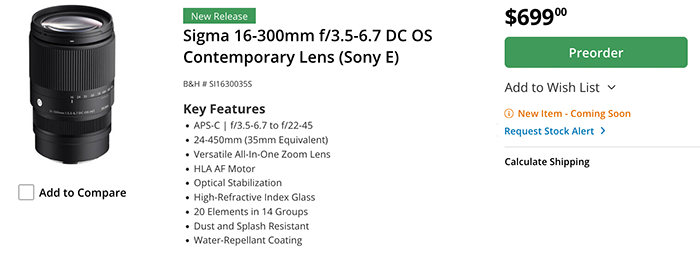
16-300mm at BHphoto. Amazon. Adorama. FotoErhardt. Fotokoch. WexUK.
The new Sigma 16-300mm lens launch got a bit undermined by the gorgeous 300-600m launch and the curios BF camera. Chris from PetaPixel tested this lens and concluded:
I expected the optical issues that are inherent to the design of a superzoom and despite them, still had a wonderful time traveling with the 16-300mm lens. All’s well that ends well when you go through your photos and treasure the results.
Both Sigma Lens Preorder links:
300-600mm lens at BHphoto. Amazon. Adorama. FotoErhardt. Fotokoch. WexUK.
16-300mm at BHphoto. Amazon. Adorama. FotoErhardt. Fotokoch. WexUK.
